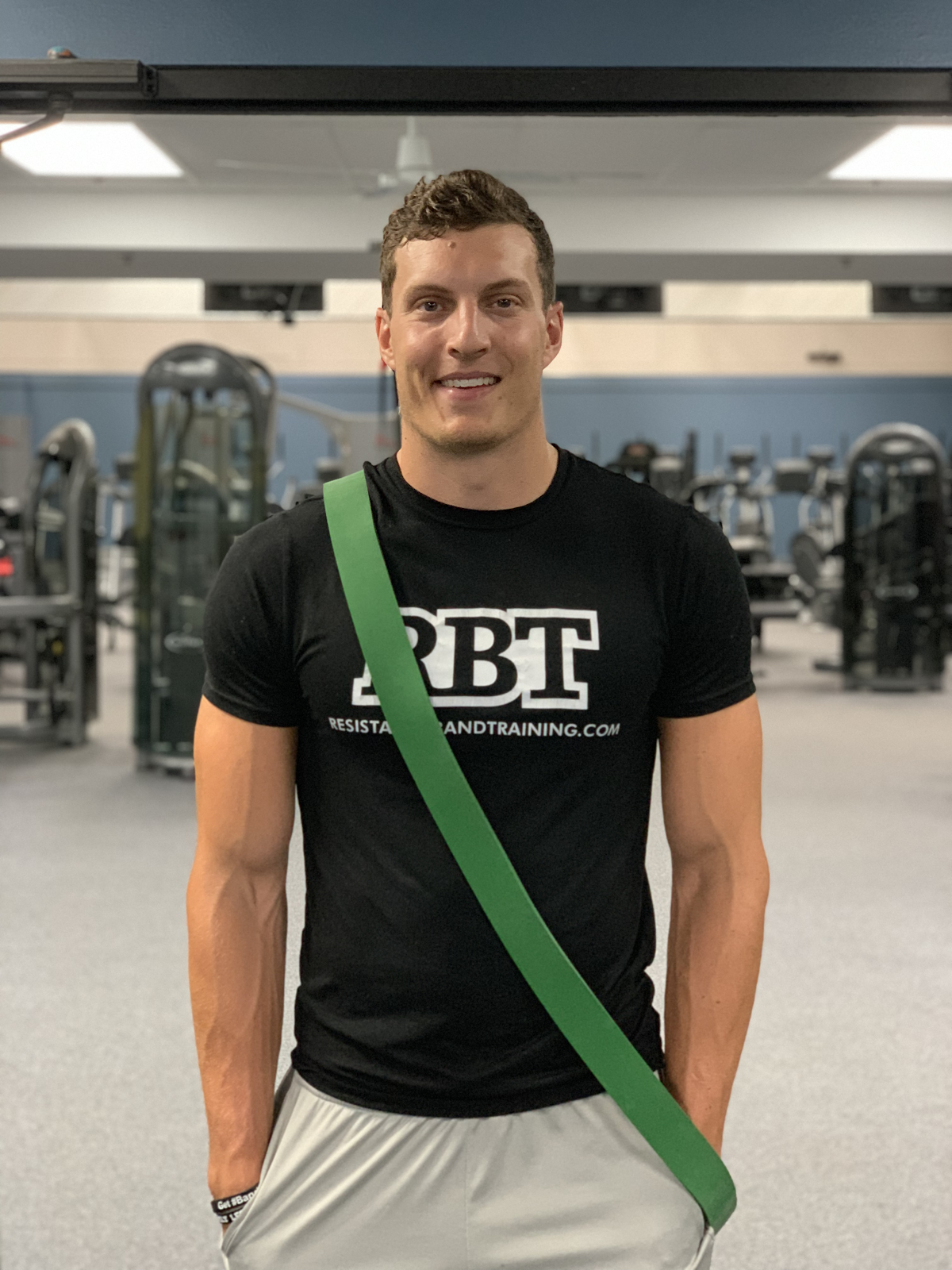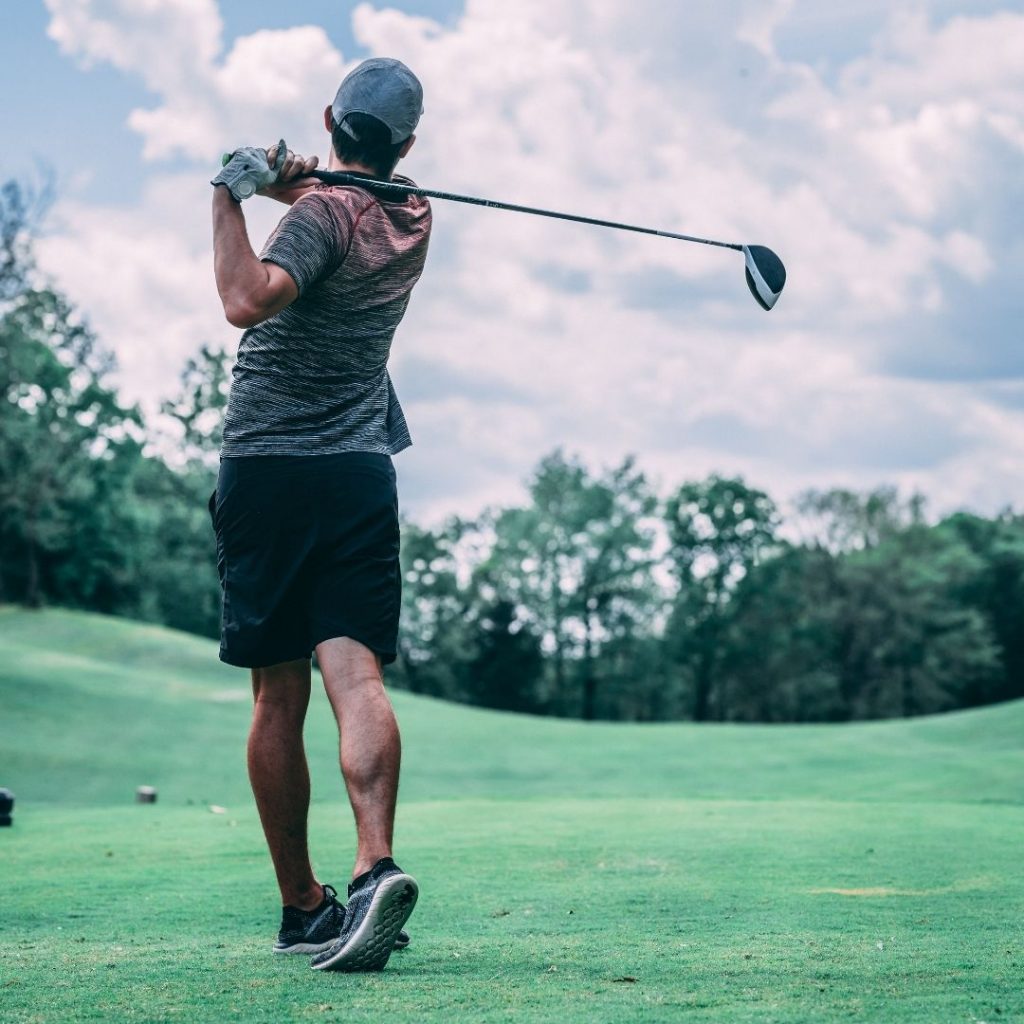Way too often our world focuses on reactive mechanisms to problems, as opposed to proactive, and there are many reasons for this.
It’s easier to spot a problem that has already happened.
It’s easier to judge the success of your intervention… did it solve the problem?
It’s easier to create a solution to a problem that is understood.
However, I believe the central reason is due to the fact that we feel limited intrinsic rewards when it comes to proactive solutions.
We celebrate the response, the recovery, the rescue. But we’re capable of greater things. Less Undo and more Outdo. What the world needs now is a quieter breed of hero, one actively fighting for a world in which rescues are no longer required (Upstream, Heath).
Ask yourself, how satisfying is it to create a solution to a chronic problem?
- Cleaning out the garage that was way overdue.
- The lawn is getting long, so you decide to mow it.
- You have a cavity, so you go to the dentist to get it filled.
These are “easy,” tangible solutions. We are reacting to a problem that exists.
On the flip side, when we are proactive, it is impossible to know if a problem would have even persisted, if it wasn’t for our intervention.
- Oil changes to keep your car running smooth
- Working out and maintaining a holistic lifestyle, to keep your life and body running smooth
- Brushing your teeth and going to the dentist to avoid cavities
There are very limited intrinsic rewards associated with these solutions as we don’t know if a problem would have been created, with or without our intervention.
HOWEVER… Proactive solutions are and will continue to be the better and more effective long-term solution to problems – and no doubt this is the case when it comes to lower back pain.
You only get one body. We need to make it resilient, robust, and adaptable in order to avoid future problems.
The Prominence of Low Back Pain – It’s Everywhere but Low.
Of all golf related injuries, low back pain is associated with upwards of 36% of them (4).
More than a third!!
Unbelievable. Astounding. Blasphemous.
I’m out of words.
Low back pain is everywhere in golf, and the best way to solve it is by creating proactive golfers with durable, adaptable and resilient bodies, capable of withstanding the impacts presented by the golf swing.
On a more global level, eliminating low back pain in golfers means being proactive and preventing it in the first place… not so much creating a magic pill to rid of it after it occurs.
And if you are someone who currently suffers from lower back pain, don’t worry, it’s not too late!
Your Golf Swing Isn’t Soft
Before digging too deep into creating lower backs that feel good, and continue to feel good, let’s understand the problem we are attempting to prevent. What stress is your golf swing actually creating at the lower back?
The golf swing does inherently place the lower back into some “risky” positions. However, I am a firm believer that the golf swing itself isn’t a mechanism of injury, unless we fail to prepare our bodies properly.
During the golf swing…
Compression forces on the lumbar spine are upwards of 6 times your bodyweight (1).
Anterior-Posterior shear forces are estimated at 1.6 times your bodyweight (1).
From a rotation standpoint, the lower back isn’t necessarily designed for the same levels of those found in the hips and thoracic spine, but yet it undergoes high degrees of rotation during the golf swing… Maybe even greater than the hips!
In most humans, rotation between the 4 joints found at the lumbar spinal bones averages about 10 degrees, and is maximized at about 16 degrees (2).
The thoracic spine (upper/mid back) rotates roughly 3 degrees at each segment, leaving a total of roughly 30-35 degrees.
During your backswing, your hips will rotate about ~45 degrees, and your shoulders will rotate ~90 degrees, meaning the torso (spine to shoulders) is responsible for ~45 degrees of rotation – primarily led by spinal rotation.
Of this ~45 degrees of spinal rotation, ~30-35 is from the thoracic spine, ~10-16 is from the lumbar spine.
Basically all of this is to simply say, your spine rotates in your golf swing, specifically your lower back, and when we combine that rotation with the compression and shear forces being applied, it can create unhappy lower backs.
So, yes the golf swing exposes the lower back to pretty high impacts, BUT, I still stand by my point I made earlier…
The golf swing isn’t a mechanism of injury unless we fail to prepare our bodies properly.
Once we understand these stresses and impacts, we can proactively prepare our bodies to overcome and thrive amongst them!
Proactive Exercises for Spinal Health
If you are somebody that is reading this with a “healthy” spine, we need to work to keep it that way! In order to do so, let’s progressively expose it to similar stressors it will see in your golf swing and in life.
Let’s make sure it has the mobility it needs to reach positions demanded of it.
Let’s make sure it has the stability and strength to support those high levels of compression created in our swings and remain resilient through highly powerful and forceful impacts.
Let’s make sure it has the motor control and fluidity to move with our hips and shoulders, creating bodily connections and connecting our movement.
Let’s make sure we expose it to high levels of rotational velocity, so the first time it meets these forces isn’t on the first tee.
Let’s make sure it has the stiffness and rigidity to transfer forces up the kinetic chain.
.
.
.
AT MINIMUM, your training sessions should include one spinal stability or strength exercise, and one spinal flow/mobility exercise. Check out some options in the exercise list below!
Exercises:
Spinal Stability and Strength
Spinal Mobility
Daily Spinal Flow Options
.
.
.
For those with Lower Back Pain
Obviously, this section and article as a whole, is very context dependent and it is impossible for me to broadly say… Do these exercises, don’t do these other ones. If you have this, do this. If you have this, don’t do this.
That being said, if you are someone who does suffer from lower back pain, step 1 is to not be worried, it is by no means too late for you to unlock higher levels of health and performance.
Steps 2 and 3 are to get out of pain and progress towards higher levels of spinal health.
I put these two together because I feel that oftentimes, they can be completed simultaneously. As we work to gain spinal stability, strength and mobility, within a proper progressive plan, we will find the pain becoming eliminated.
If you have pain, you are not broken or need to be fixed, that’s the wrong mindset to undertake.
Your body is simply adapting to the physical stressors you are giving it.
I love the saying, the difference between poison and medicine is the dosage.
Similarly, the difference between injury and adaptation is the dosage.
In order to create adaptations, we need to apply stressors. But similarly, stressors can create injury if overapplied.
So, if you are undergoing lower back pain, reach out ~ carter@resistancebandtraining.com ~ (or see a professional), let’s get you closer to those adaptations we seek!
Let’s adjust the stressors we are giving our body, thus allowing it to adapt, become robust and create resilience.
Let’s expand our movement capabilities while relieving the pain.
Let’s explore what our body is truly capable of and understand that the pain is simply part of the process of adaptation.
.
.
.
And, as always, let’s go low!
About Carter Schmitz

I graduated from the University of St. Thomas in 2019 with a business degree and a minor in exercise science. While there, I played football (as long as we consider being a kicker, playing football) and found two of the deepest passions in life - learning and human performance. Since then, I have become a certified strength coach, TPI Specialist and have had the opportunity to train hundreds of athletes ranging from the middle school to the professional level.
I believe in building humans first, athletes second.
I believe that everybody has extraordinarily high amounts of value to offer.
I believe that the pursuit of improvement will lead to growth, no matter the outcomes.
With my writing, I strive to break down and apply complex ideas in order to boost understanding, draw comparisons from seemingly separated and opposing topics, and empower growth in my readers. Knowledge and understanding are power, and they create the foundation of improvement. Moving forward, I plan on continuing to seek the betterment of my athletes, myself and my community, empowering growth along the way.
Be sure to check out my Instagram and YouTube channel for more content:
Instagram - https://www.instagram.com/coach_carter_schmitz/
YouTube - https://www.youtube.com/channel/UCQ7DxYHKGuZIykzVIaxp3XQ
Sources
- Lim YT, Chow JW, Chae WS. Lumbar spinal loads and muscle activity during a golf swing. Sports Biomech. 2012 Jun;11(2):197-211. doi: 10.1080/14763141.2012.670662. PMID: 22900401.
- Pearcy MJ, Tibrewal SB. Axial rotation and lateral bending in the normal lumbar spine measured by three-dimensional radiography. Spine (Phila Pa 1976). 1984 Sep;9(6):582-7. doi: 10.1097/00007632-198409000-00008. PMID: 6495028.
- Neumann, D. A. (2010). Kinesiology of the musculoskeletal system: Foundations for rehabilitation (2nd ed.). St. Louis, MO: Mosby Elsevier.
- Mun, Frederick et al. “Kinematic relationship between rotation of lumbar spine and hip joints during golf swing in professional golfers.” Biomedical engineering online vol. 14 41. 14 May. 2015, doi:10.1186/s12938-015-0041-5
